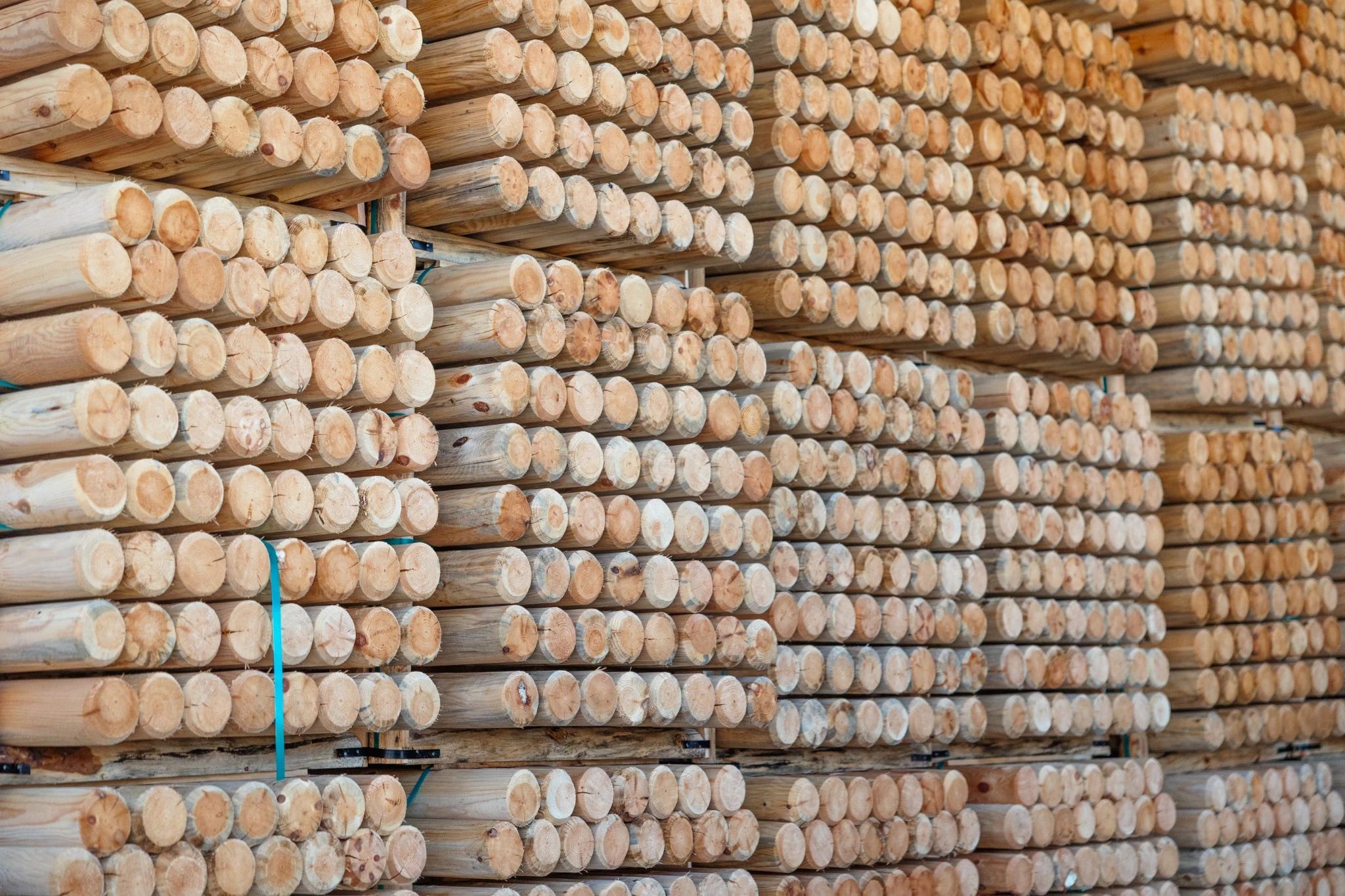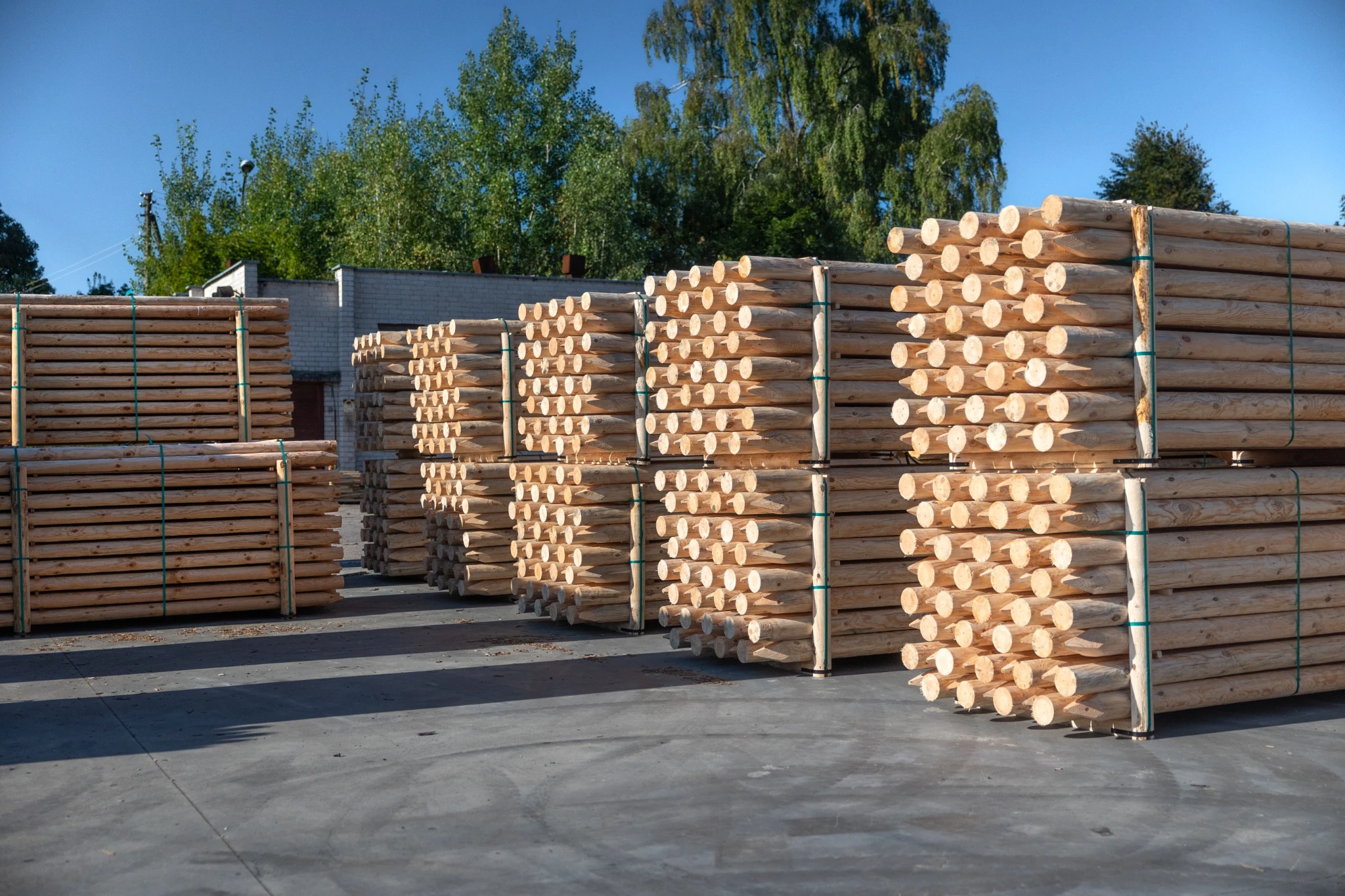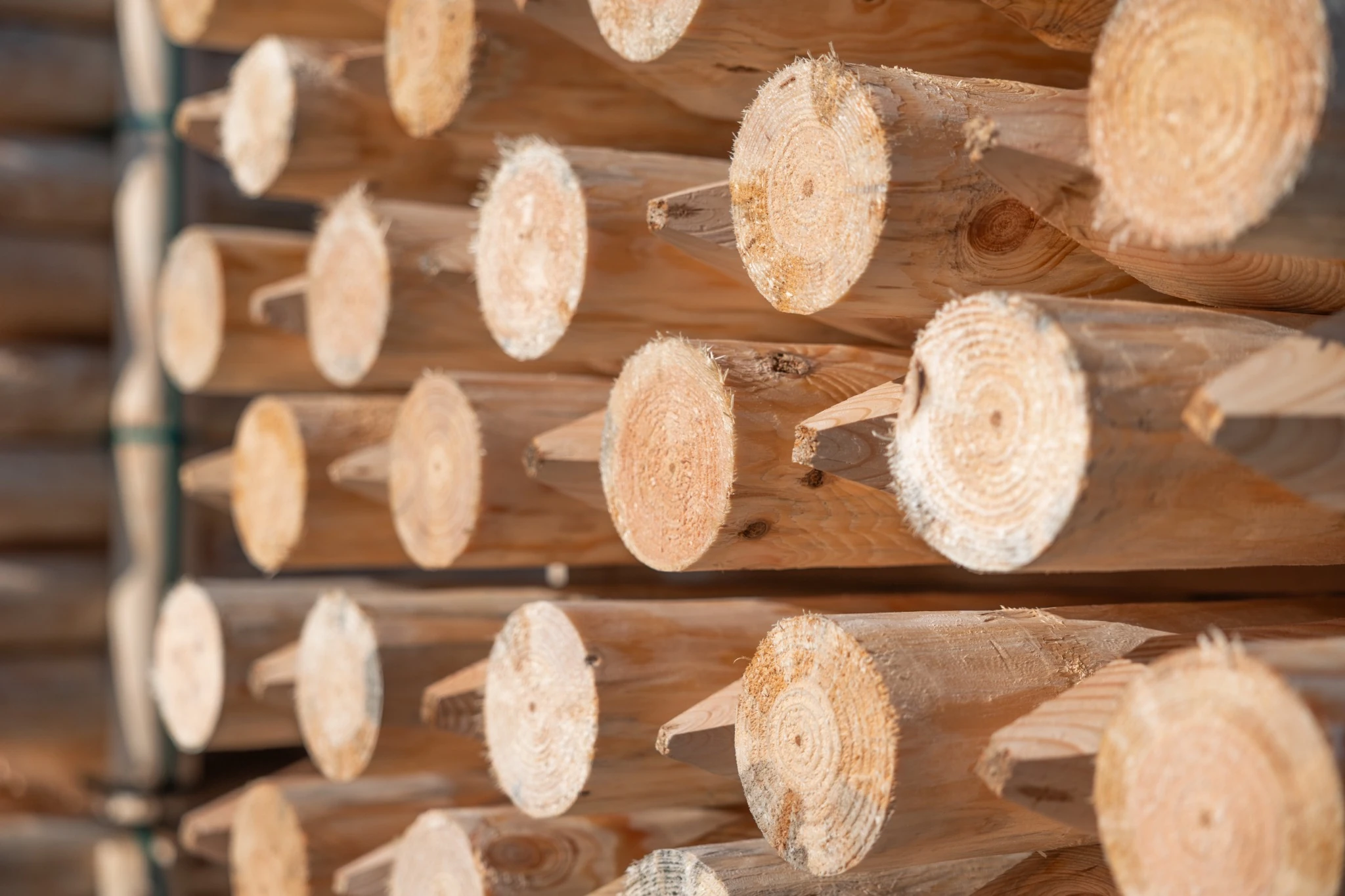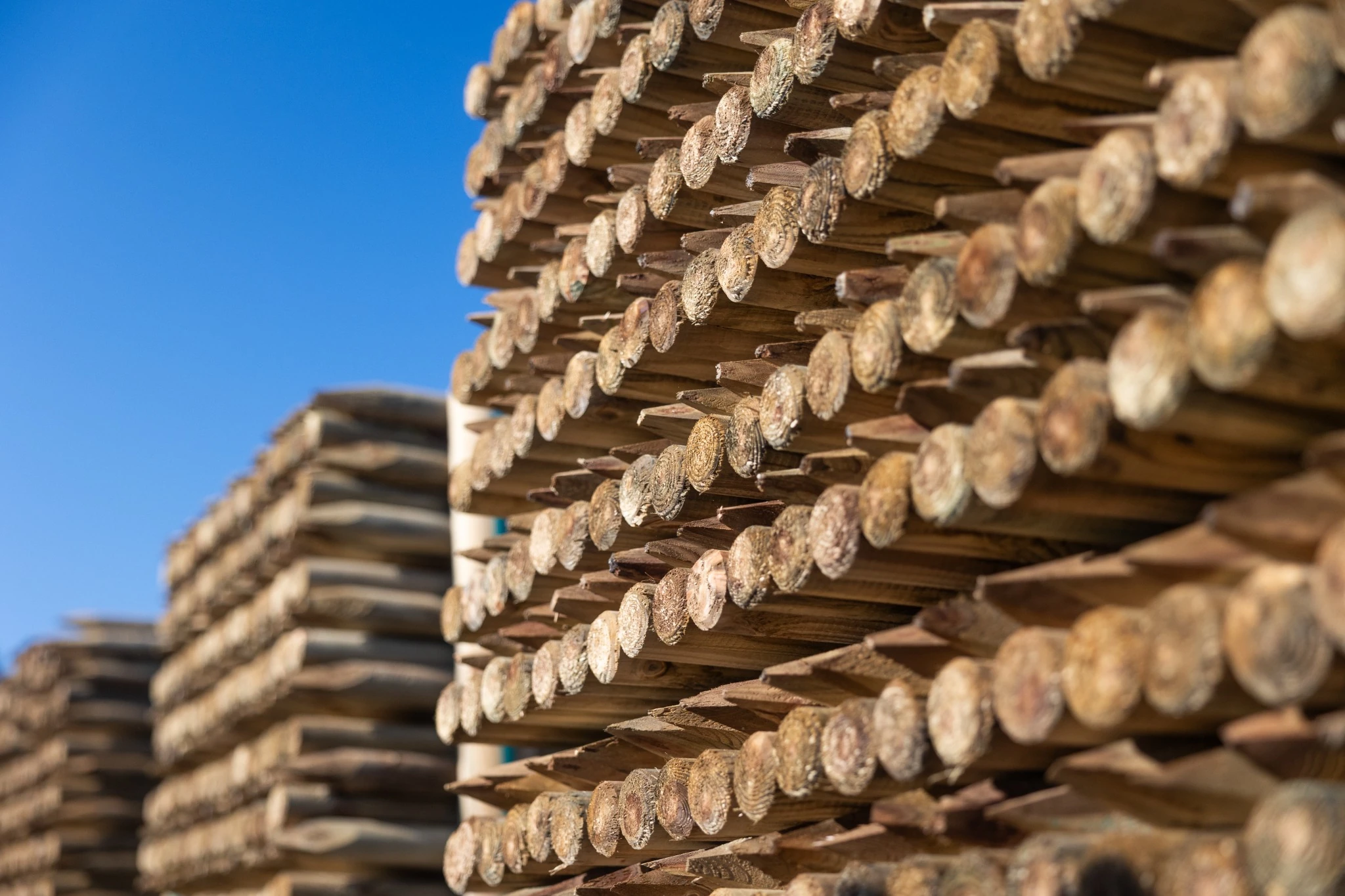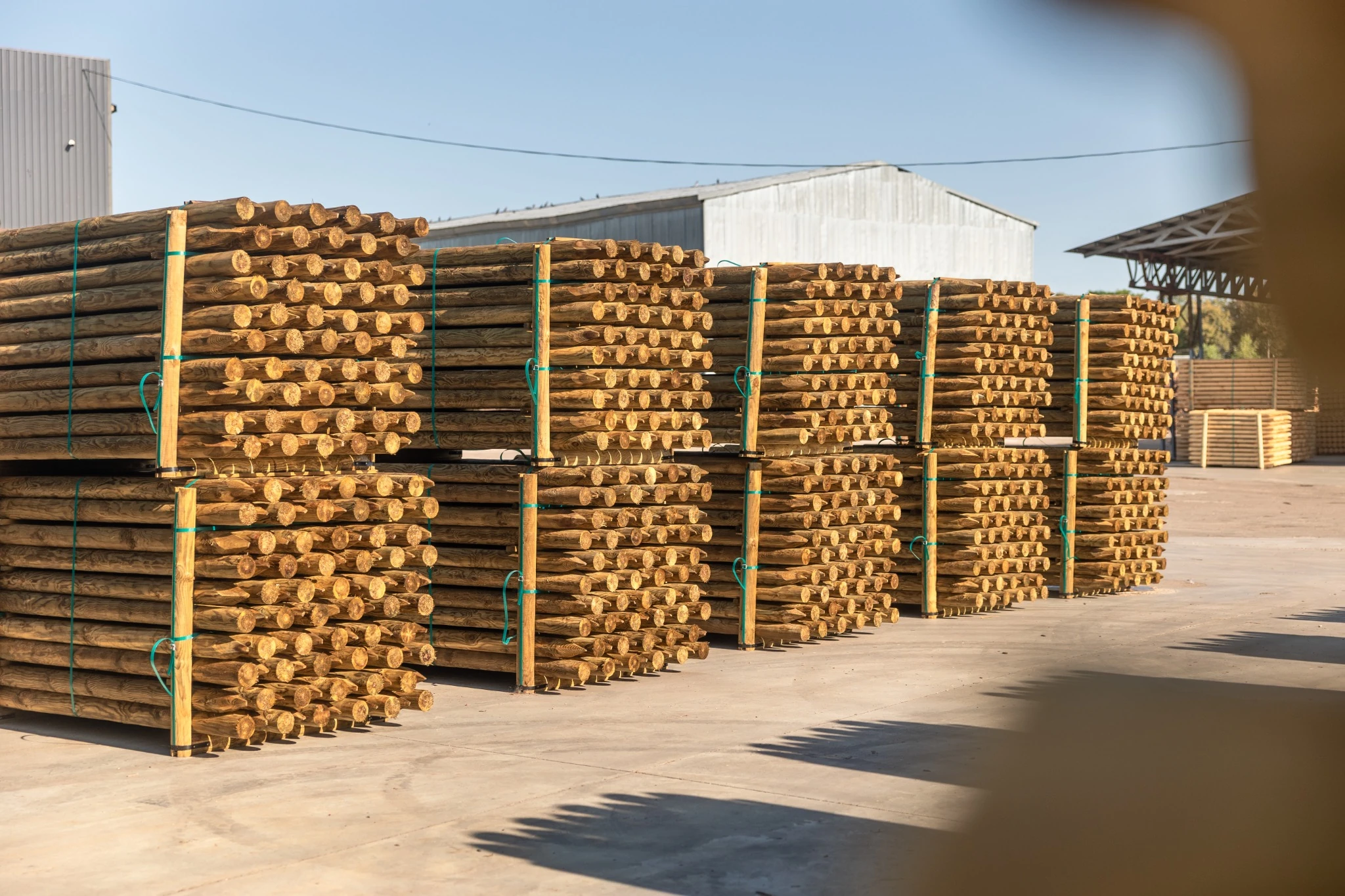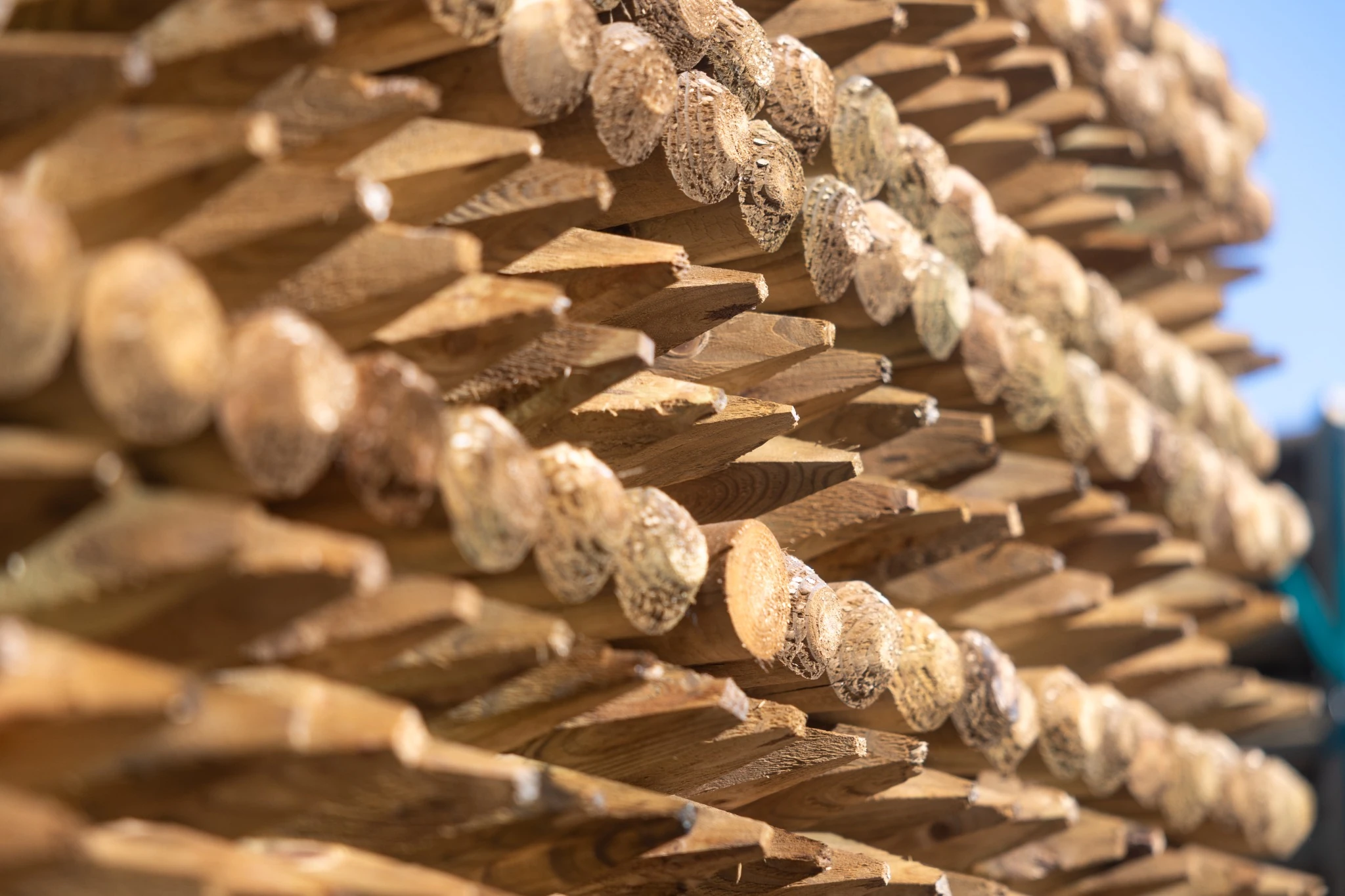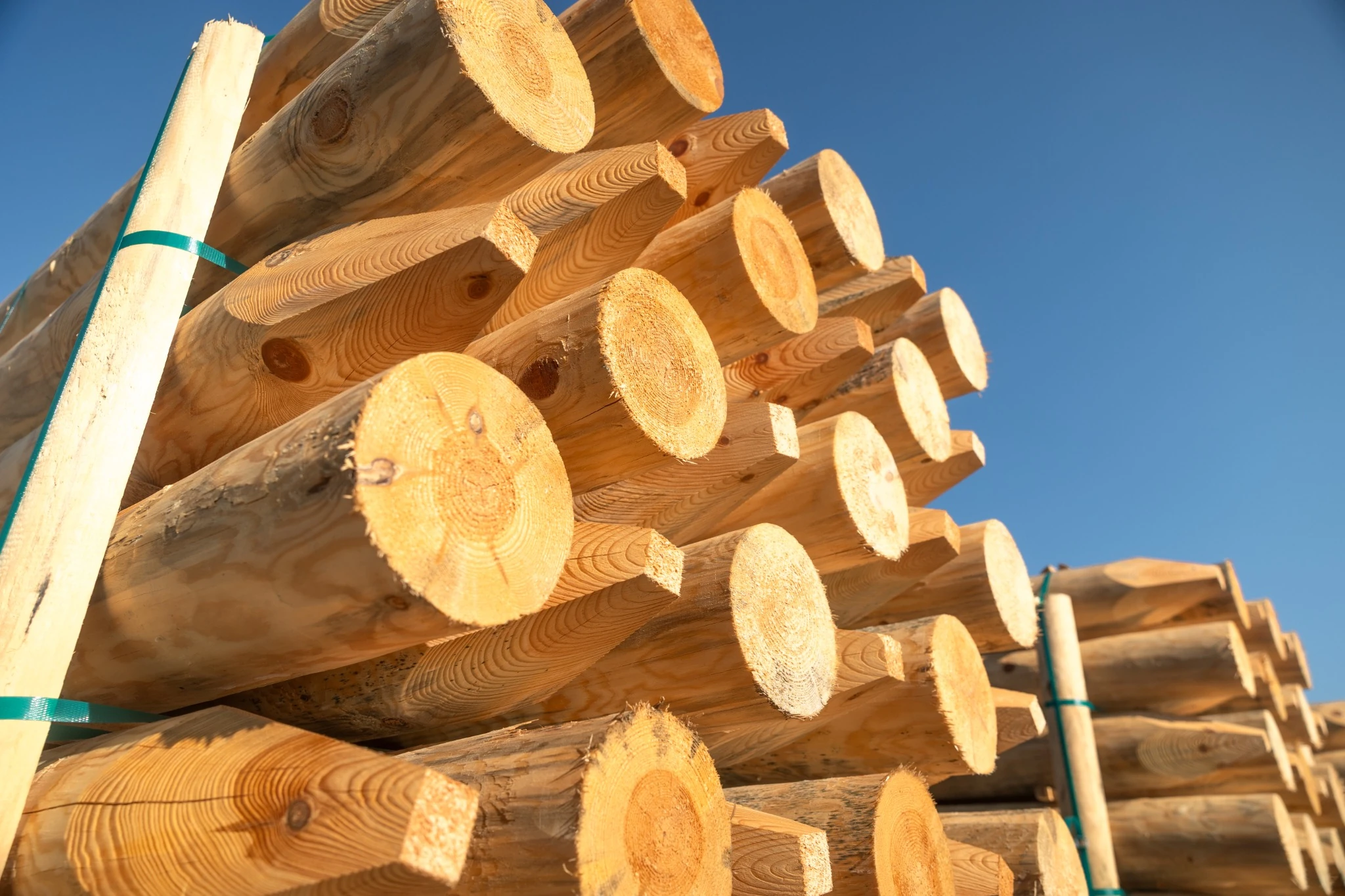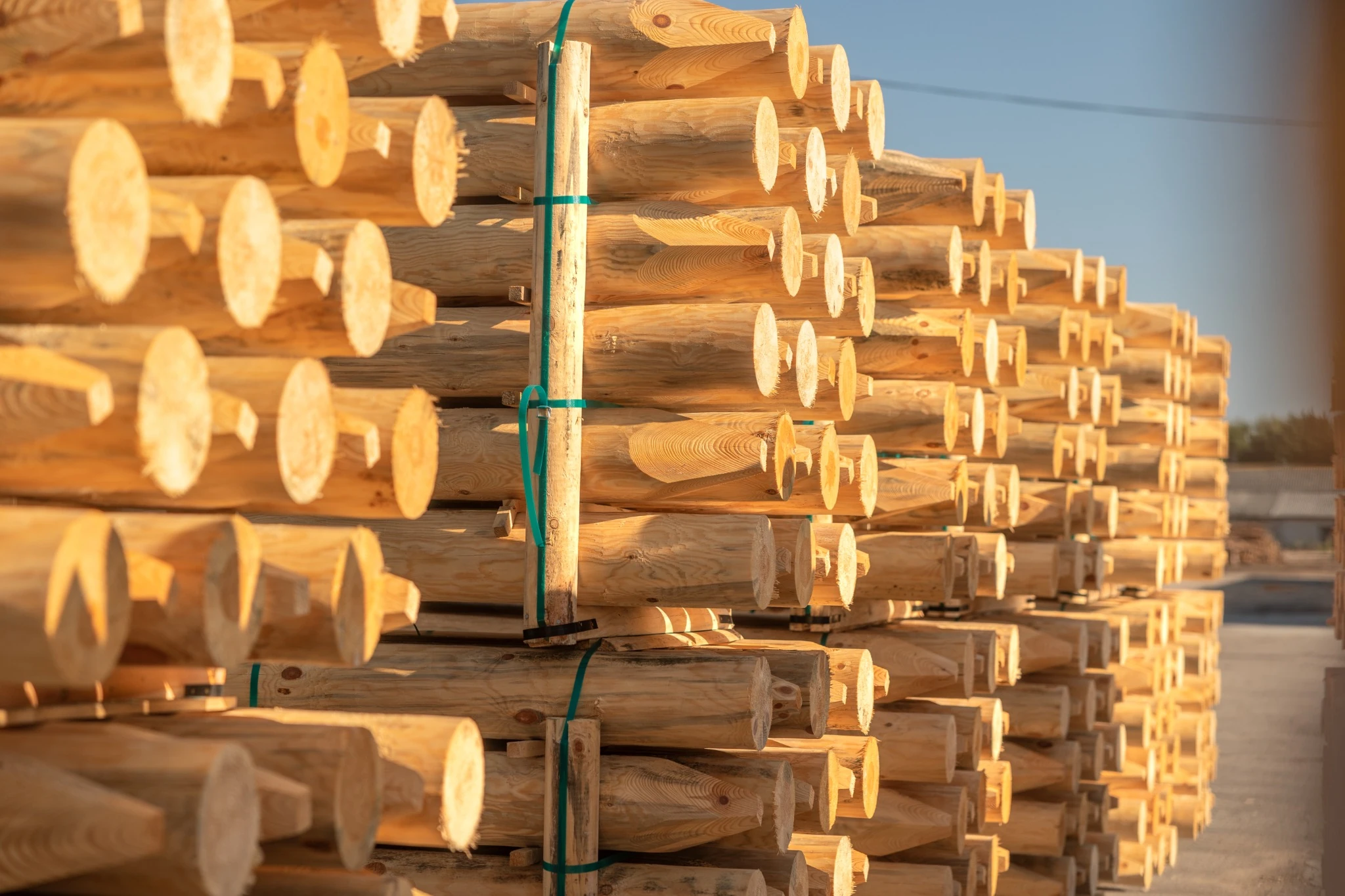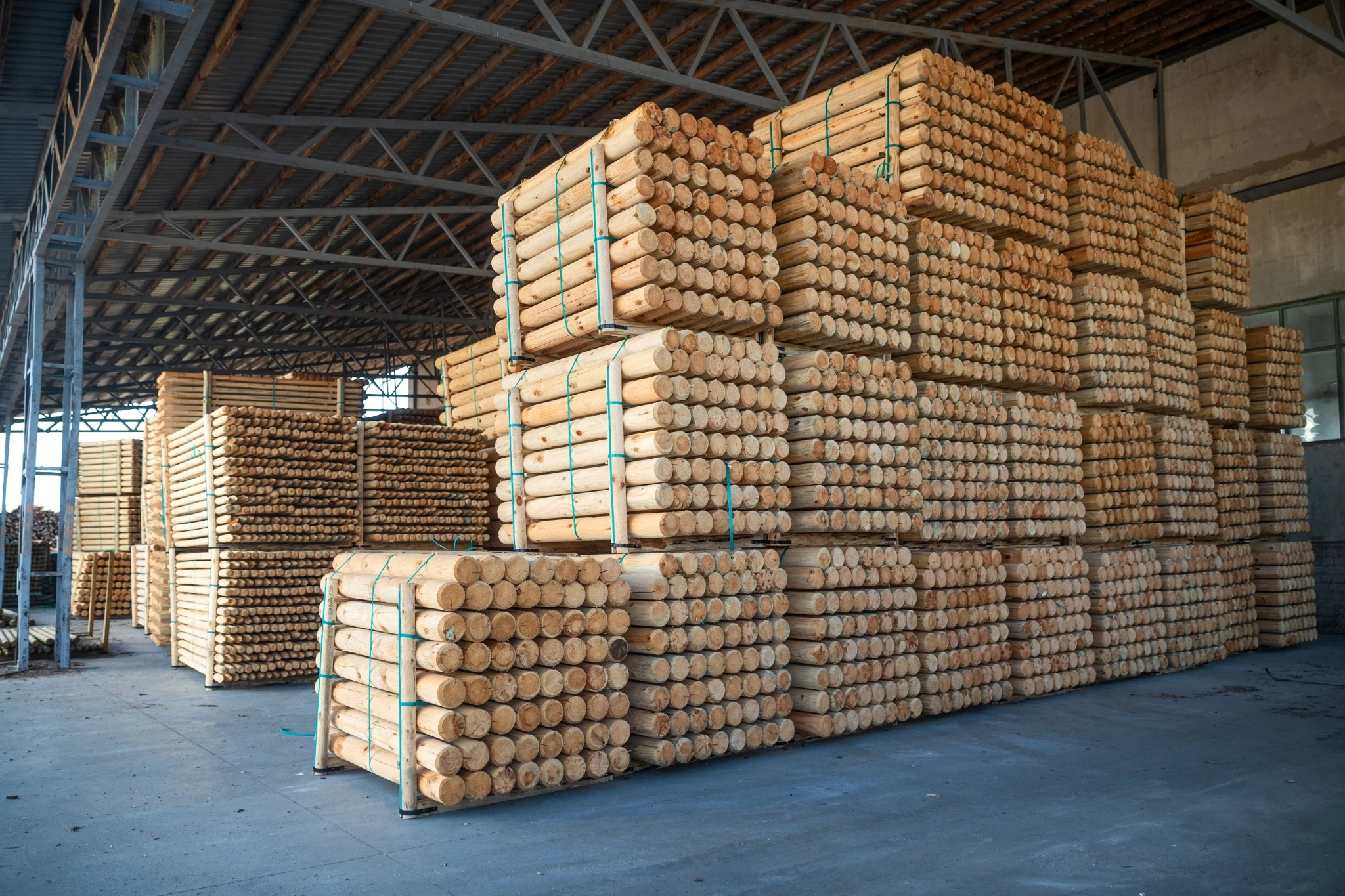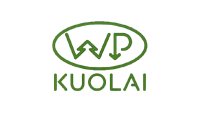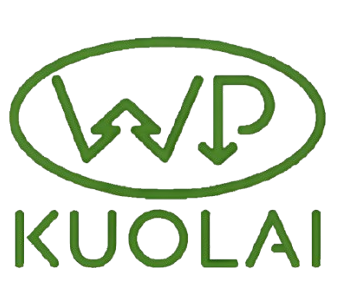Sawn stakes
Product Usage
Our turned stakes are primarily used for fences, horse farms, and other agricultural purposes (vineyards, plantations). Only fresh wood is used for production. The company offers raw, dried, and impregnated stakes that comply with European and Scandinavian standards (NTR A and NTR AB). We also accept orders according to customers’ special requests.
As an additional service, we can arrange transportation to deliver the products by land or sea. The maximum load capacity for both a tarpaulin trailer and a container is 30 m³.
Impregnation with NTR Certification
The chemicals used for impregnation are: Tanalite E, Osmosis, Volmalitas, and Creosote. For deep impregnation, the company offers Class III and IV preservatives, which are most commonly used for contact with soil, fresh water, and even seawater.
If the customer requires, it is possible to provide an NTR certificate, which is demanded by Scandinavian standards because more chemicals are used during impregnation.
Product Usage
Our turned stakes are primarily used for fences, horse farms, and other agricultural purposes (vineyards, plantations). Only fresh wood is used for production. The company offers raw, dried, and impregnated stakes that comply with European and Scandinavian standards (NTR A and NTR AB). We also accept orders according to customers’ special requests. As an additional service, we can arrange transportation to deliver the products by land or sea. The maximum load capacity for both a tarpaulin trailer and a container is 30 m³.
| D, cm | Length, cm |
|---|---|
| 50 | 150–300 |
| 60 | 150–300 |
| 80 | 150–300 |
| 100 | 150–300 |
| 120 | 150–300 |
| 150 | 150–300 |
| 20 |
Impregnation with NTR Certification
The chemicals used for impregnation are: Tanalite E, Osmosis, Volmalitas, and Creosote. For deep impregnation, the company offers Class III and IV preservatives, which are most commonly used for contact with soil, fresh water, and even seawater. If the customer requires, it is possible to provide an NTR certificate, which is demanded by Scandinavian standards because more chemicals are used during impregnation.
| Class | Description | Biological factors |
|---|---|---|
| III | Contact with soil or fresh water | Fungal microorganisms |
| IV | Contact with seawater | Marine microorganisms |
| NTR AB | Used for fields without contact with soil or water | Fungal microorganisms |
| NTR A | Contact with soil or water | Fungal/Marine microorganisms |
| D, cm | Length, cm |
|---|---|
| 50 | 150–300 |
| 60 | 150–300 |
| 80 | 150–300 |
| 100 | 150–300 |
| 120 | 150–300 |
| 150 | 150–300 |
| 20 |
| Class | Description | Biological factors |
|---|---|---|
| III | Contact with soil or fresh water | Fungal microorganisms |
| IV | Contact with seawater | Marine microorganisms |
| NTR AB | Used for fields without contact with soil or water | Fungal microorganisms |
| NTR A | Contact with soil or water | Fungal/Marine microorganisms |
Quality requirements for stake manufacturing
- Blue discoloration
- Bending up to 1.5 cm per meter (if stakes are turned), 2 cm per meter (if stakes are peeled)
- Minor mechanical damages (from turning, peeling machines) not exceeding 25% of the stake length.
- Length tolerance +/- 3 cm, rounded-end stakes +/- 2 cm.
- Diameter tolerance +/- 3 mm (if the stake is turned)
- Heart rot
- Insect damage
- Remaining bark (if stakes are turned)
- Rot
- Severe mechanical damage
- The chamfer angle is 45º
- The chamfer should be as symmetrical as possible.
- The rounding length is 10% of the diameter.
